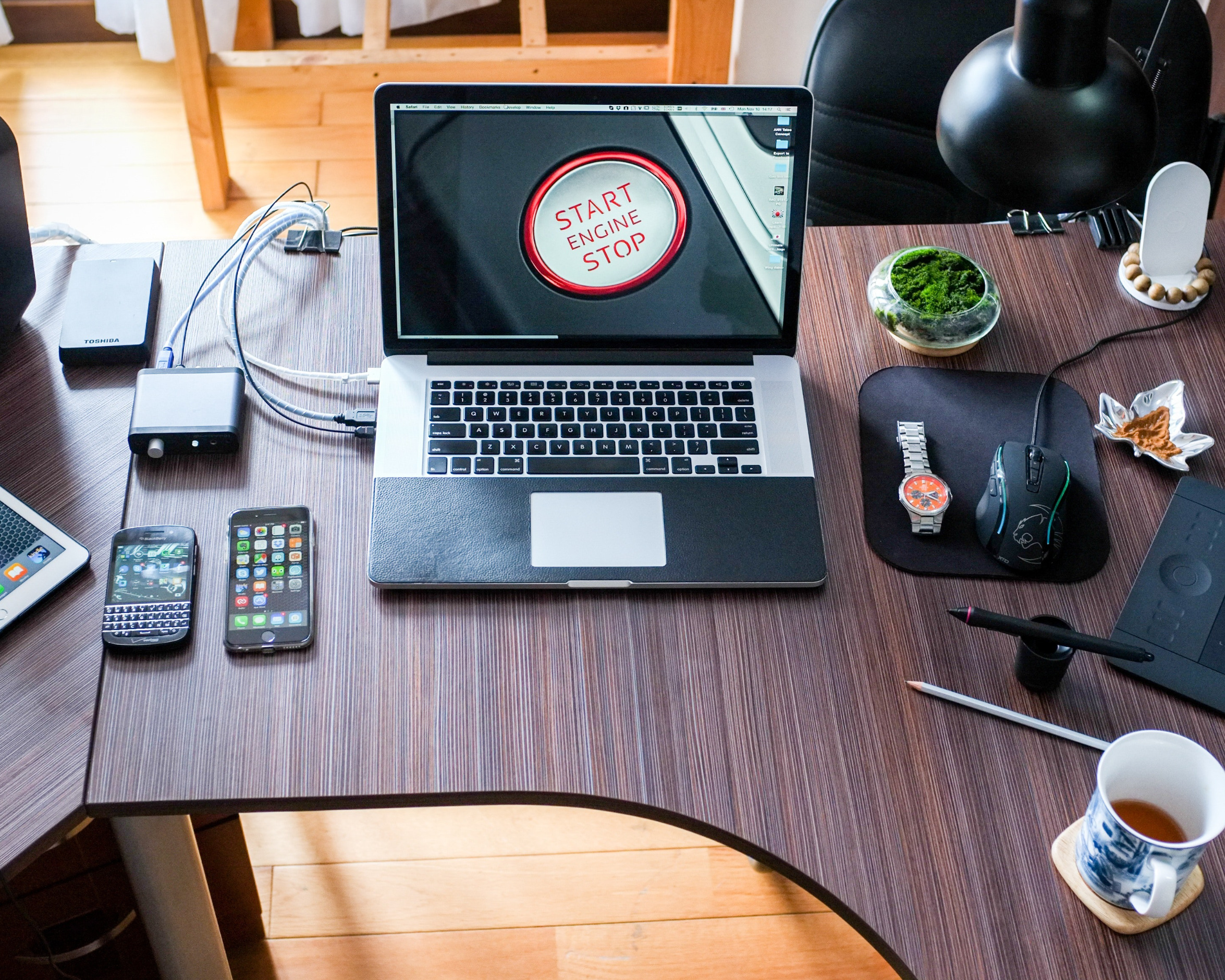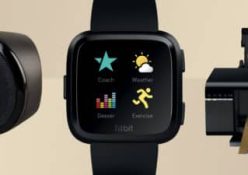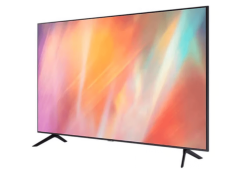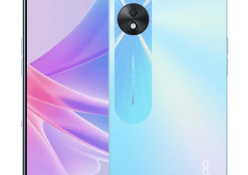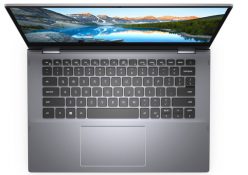New tech on the market that we’re obsessed with.
1. Huawei Watch 3
We’ve been fans of the Huawei Watch series for some time, but the new Watch 3 changes the game. It still has all the features we enjoyed from the previous models: a big, bright and colourful AMOLED screen, excellent data tracking across dozens of activities (with GPS), accurate heart- and sleep information and an extraordinary two-week battery life. The tough stainless-steel body has a ceramic underside to minimise skin irritation and there is a choice of four straps but, for bragging rights, the Pro model has a lightweight titanium body and a sapphire screen that’s almost as hard as diamond! These features alone make this a great buy, but the Watch 3 promises something new. It runs Huawei’s own HarmonyOS. To understand why we think this is important, see our sidebar about this new operating system.
HarmonyOS, originally planned to run on phones, TVs, PCs and more, is indeed full-featured, but that comes with some issues. Falling somewhere between a tracker and smartwatch, the Watch 3tries to satisfy every kind of user. It’s jam-packed with exotic features, from live mapping your movements to taking air-pressure readings to making calls directly on the watch without your phone. Because the watch can function almost fully as a phone, it can also notify emergency services if it detects you have fallen down, or if you have any other kind of emergency. Aside from LTE cellular, it also offers both WiFi and Bluetooth connectivity, ideal for downloading or updating apps on the go, and for streaming music. HarmonyOS does its best to surface all these features using a 5 × 5 grid of tiny icons.
This dashboard works well, but every function comes with a complex set of drill-down menus, and that may prove just too onerous for the average user. For example, the audio player offered so many options for getting music that we never quite got everything to work properly. The rotating crown is new and proves somewhat useful for scrolling through menus. Making the transition from an advanced tracker to a smartwatch means Huawei must have apps available for download to the Watch 3, but we found little of interest in the AppGallery. Clearly it will take some time for Huawei to catch up to the likes of Samsung, Garmin and Apple.
The Huawei Health app has been steadily improved over time, with masses of personal data such as stress levels,SPo2 and even skin temperature now easily accessible, with plain English guidance about what it all means. Naturally all your usual workout figures (including GPS tracking) and sleep- and heart-rate data is offered upfront. It’s a handsome package overall, and it’s available with different straps that are easy to swap out. It also now offers wireless charging. The legendary two-week battery life of previous models has now been cut to a few days when all the smart features are active, but that’s still better than most competitors.
Step/heart/sleep/sports, 1.43” AMOLED screen, stainless steel/ceramic body,
GPS, LTE/WiFi/Bluetooth/NFC, 5ATM waterproof, 49 g, R7 300 (Watch 3 Pro
R8 000)
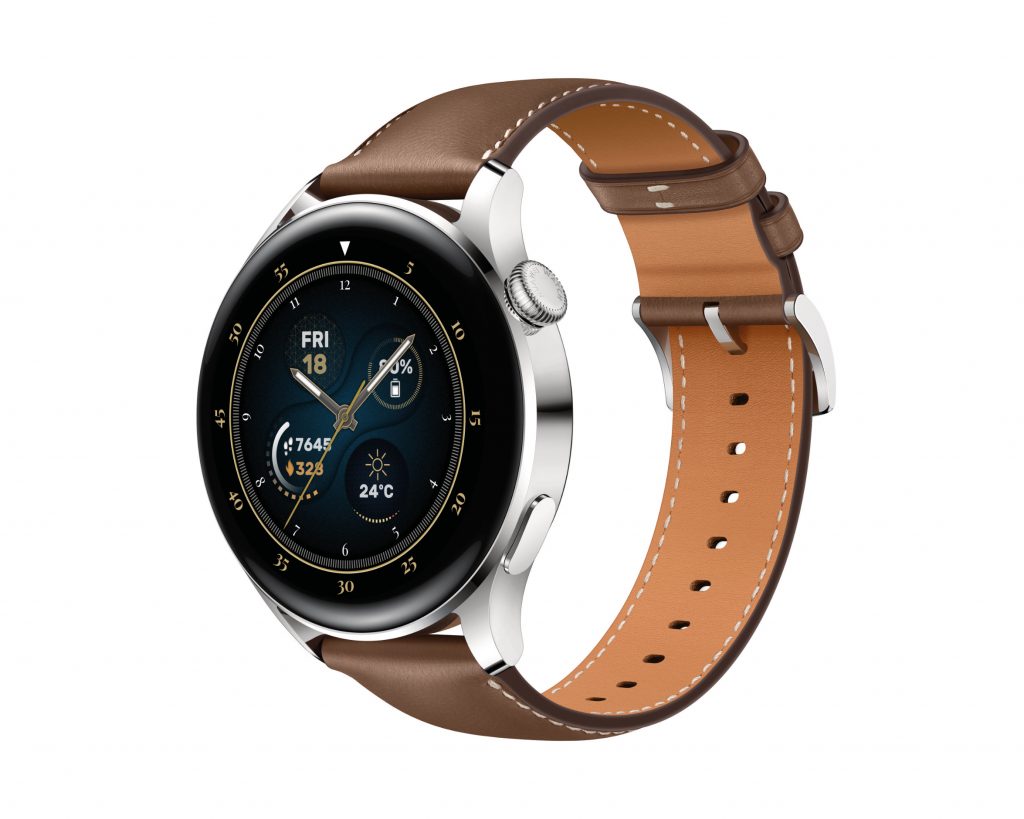
2. Samsung A52s 5G
If you’re looking for a phone with high-end performance but with a mid-range price tag, it would be hard to overlook the Samsung’s A52. Now the Korean electronics giant has expanded on this popular model by quietly upgrading its core chipset to the potent Snapdragon 778G 5G, which delivers more power and better graphics in the new A52s 5G. And there is 5G too, obviously.You’re still getting a large 6.5-inch AMOLED screen, but now operating at a flagship-grade 120 Hz fast refresh, which makes it ideal for gamers and for heavy social scrolling. Although these are very substantial tech upgrades, Samsung have kept the same 4 500 mAh battery to power the new chips and screen, but there doesn’t appear to be much impact on your battery life, which is a bonus.
The quad-camera set is superb across all the sensors. The 64 MP main camera produces pin-sharp 16 MP images with excellent colour balance, the 12 MP wide angle shows almost no distortion around the borders of your photos, and the 5 MP macro lens captures more than double the detail of a budget phone. Going with Pro Mode allows you to shoot full-resolution 64 MP photos, which is a nice touch. Video hasn’t been neglected either. You can shoot 4K video up to 30 frames per second, and it has optical image stabilisation too. The soft-touch back panel feels classy, very comfortable and secure in hand, and even the camera group is integrated seamlessly into the back cover.
The A52s is waterproof to IP67, just like a flagship phone, and it even has a headphone jack for the cable headphone diehards. What you have here is a mid-range phone with a bunch of high-end features offered at a mid-range price. Of course, it also feels like a Samsung phone through and through, from the polished frame to the curvature of the corners and the almost-gone screen bezels.
5G, 6.5” FHD AMOLED screen @ 120 Hz.
6 GB RAM, 32 MP front/64 MP + 12 MP +2 MP + 2 MP rear cameras, 128 GB
storage, 4 500 mAh battery, 5G, 6.5” FHD AMOLED screen @ 120 Hz.
6 GB RAM, 32 MP front/64 MP + 12 MP +2 MP + 2 MP rear cameras, 128 GB
storage, 4 500 mAh battery, R9 000
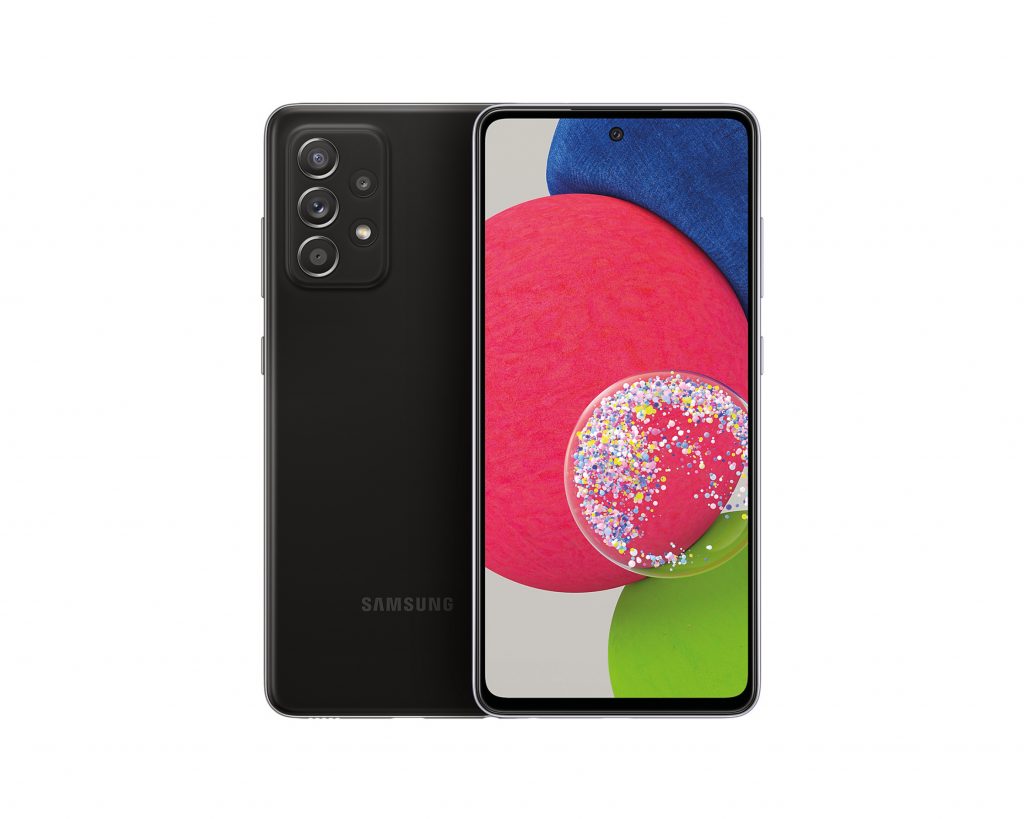
3. Garmin vívoactive 4
Although the vívoactive 4 would be classified as a sports watch, it’s also bristling with useful smartwatch features. Garmin watch screens are a point of some contention. Where most sport watches in this price range use colourful and high-contrast OLED screens, Garmin has stayed with its relatively dull and drab screens. There are two reasons for this: the specific screen tech Garmin uses makes it easy to read the watch in direct sunlight, important if you do workouts outside of the gym, and it also extends your battery life. Making the screen more efficient means the battery can be smaller, and the watch lighter. The face is covered with tough Gorilla Glass 3 and Garmin now also includes two different light sensors on the underside: green for all-day heart monitoring, and a new red sensor for Pulse Ox, or the rate at which your body is able to absorb oxygen.
Customisation is key throughout, and you can adapt many aspects of this watch to suit your specific health regime and lifestyle, from something as simple as swapping (and even creating your own) watch faces, to deciding which widgets you want to see and the order in which they should appear. Otherwise, it does all the standard step-, heart- and sleep-tracking, and can measure well over a dozen sport types. Like other watches, it can echo alerts coming from your phone and can display incoming messages with the option to fire off a quick stock response. You can store hundreds of songs and complete playlists on the watch to play back through Bluetooth headphones during your workout.
The only obvious shortcoming of the vívoactive 4 is that it delivers a huge amount of very detailed personal health data into the Garmin IQ app, but fails to help beginners understand the meaning and context for the data. But that’s easily forgivable since the vívoactive 4 is not really wearable for beginners. It’s best suited to those who live an active and outdoor lifestyle, and who enjoy poring over their personal performance data, but stop short of calling themselves athletes.
Step/heart/sleep/workouts, 1.3” screen, stainless steel/polymer, GPS, 5ATM waterproof, music, Pulse Ox, 51 g, R7 000
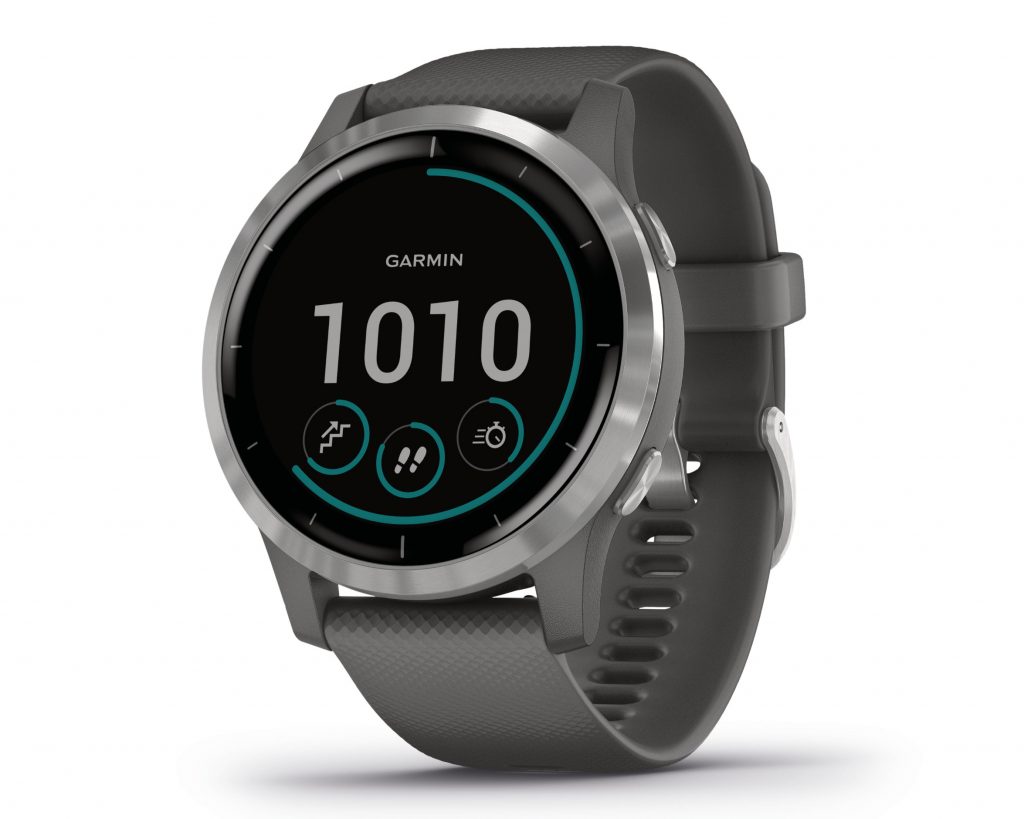
4. Astrum BT220 Bluetooth receiver
This matchbox-sized gadget neatly solves two living room-sized problems. The BT220 works as both a Bluetooth transmitter and receiver, and does both more effectively than your phone. Not only can it transmit and receive data more efficiently than your phone, but it can also do so over greater distances too, using Bluetooth 5.0. Hook it up to your old-fashioned hi-fi or amplifier using RCA or 3.5 mm aux jack and it will receive music wirelessly from your phone or PC, to be played out through your stereo speakers. It even supports the aptX protocol, which preserves music quality over Bluetooth. Otherwise, connect it to your TV’s audio outputs and it will transmit the TV sound to your Bluetooth headphones. That makes it ideal for late night binge watching without disturbing your household.
Bluetooth 5, aptX, 3.5 mm jack and RCA input/output, mains/battery (5 hours), cables included, R380
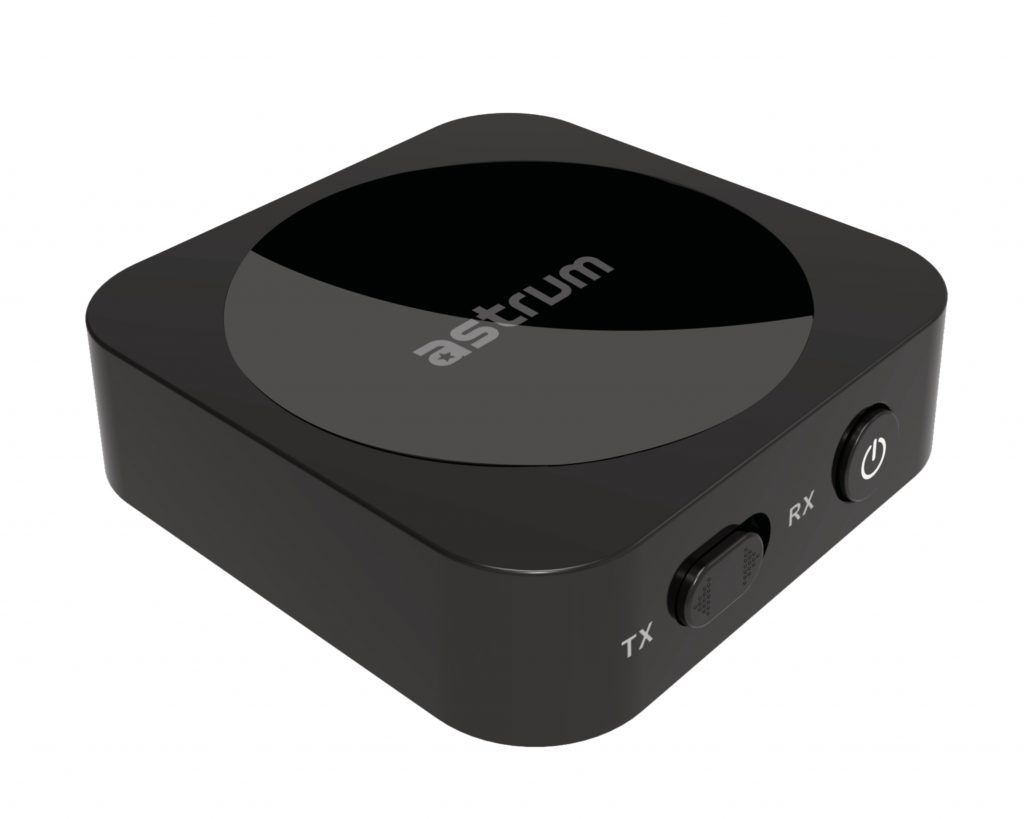
5. D-Link DCS-930M portable router
Portable WiFi routers have come to be essential for the mobile worker. Known charmingly as ‘mifi’, these cordless hubs connect to the 4G cellular network usinga SIM card, and then share their connection with any devices connecting over WiFi, from computers to tablets, phones,and basically any device that needs a data connection. The DCS-930M has a 3 000 mAh battery and can connect up to eight devices, so it could service your household during load-shedding, or a small team of remote workers on the move. It supports the latest security WPA2 protocols and has easy one-touch set-up for each device using WiFi Protected Setup (WPS).The plastic casing is extremely light but tough, with indicator lights showing signal strength, battery life and more. The connection speed tops out at 150 mbps for downloading data and 50 mbps for uploading, which is not blazingly fast, but average for 4G around SA. The mifi can be powered using a standard microUSB phone charger, or powered by a laptop or a powerbank and the battery lasts up to 12 hours.
4G, 802.11n/g/b WiFi, 150 mbps up/ 50 mbps down, 103 × 63 × 13.35 mm, 80 g R950
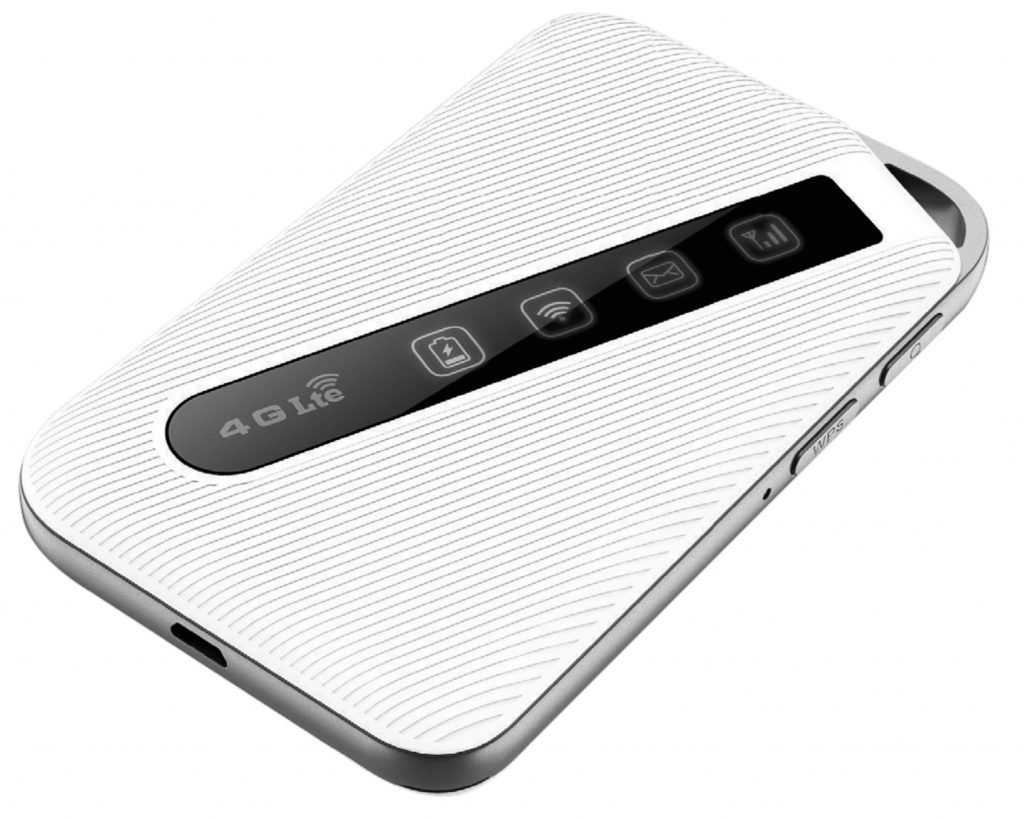
Photography: Courtesy images, Pexels



